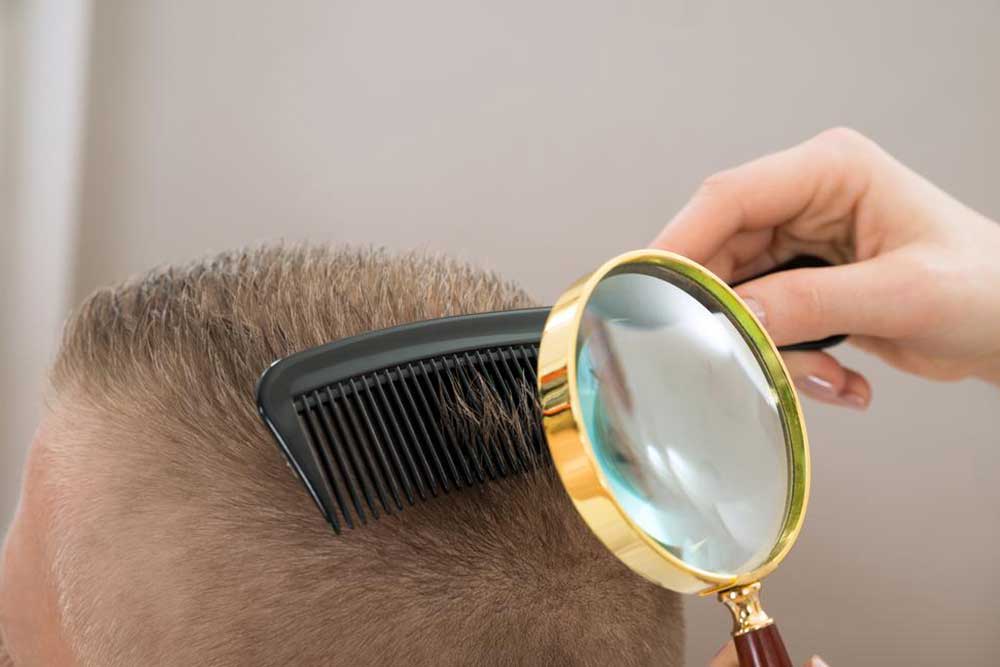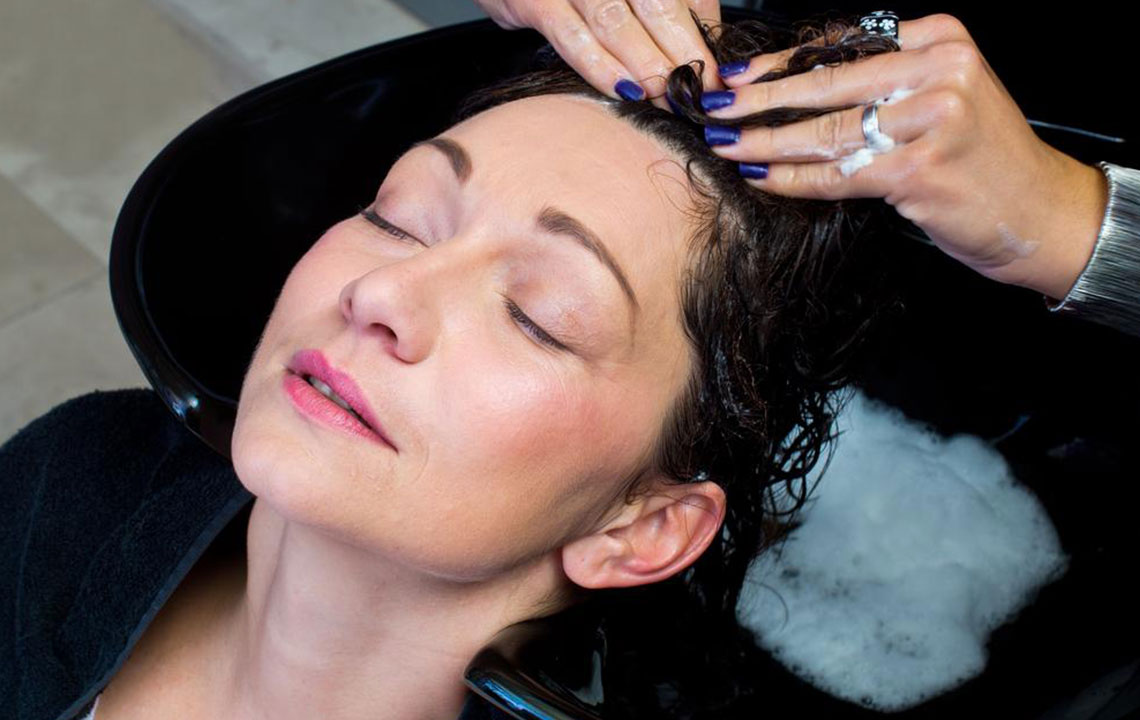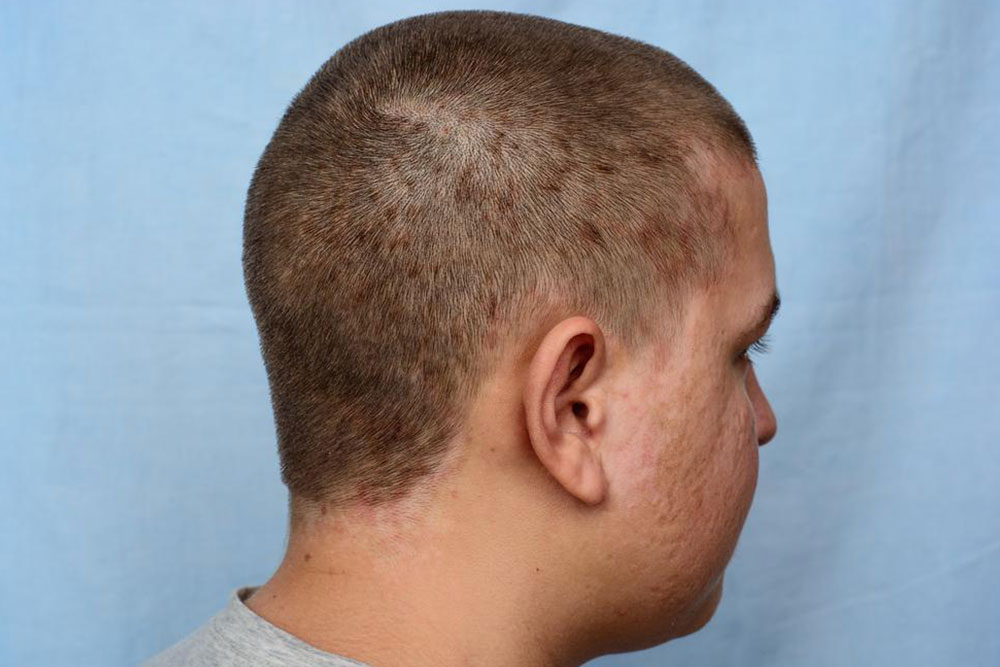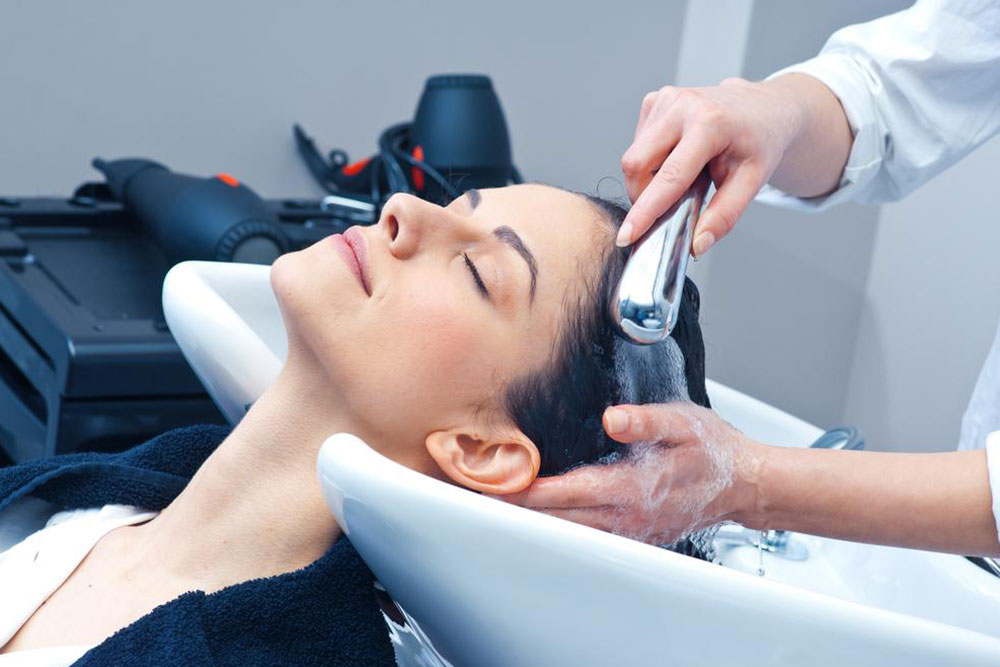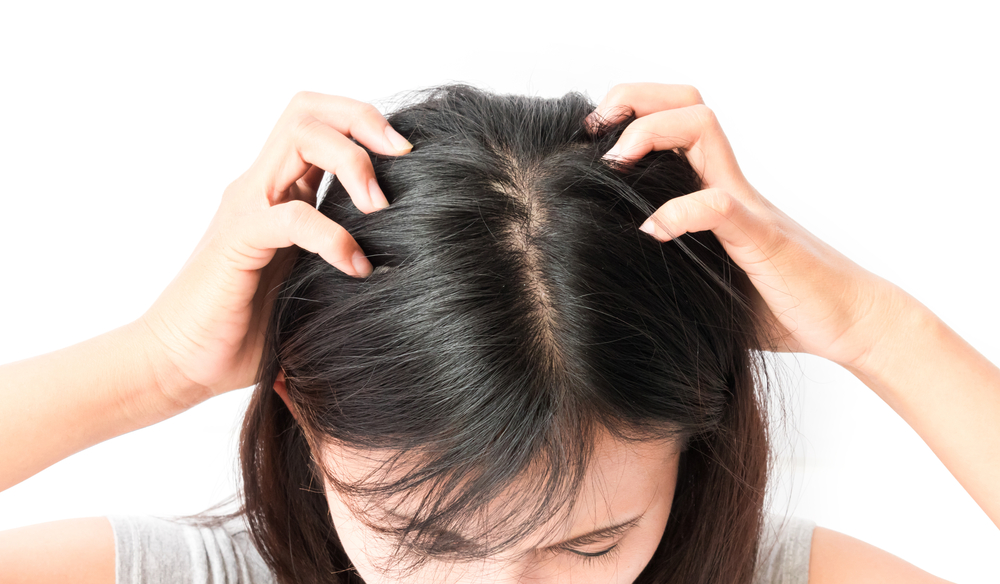Comprehensive Guide to Managing Seborrheic Dermatitis: How to Choose the Right Shampoo for Healthy Scalp and Hair
Managing seborrheic dermatitis effectively requires selecting the right shampoo tailored to your scalp type and specific needs. This comprehensive guide provides expert advice on assessing your hair, identifying goals, choosing natural ingredients, and selecting high-quality products. Using the right shampoo consistently can dramatically reduce symptoms like dandruff, inflammation, and irritation, helping you maintain a healthy scalp and beautiful hair. Embrace these strategies to improve your scalp health and achieve the hair you desire.

Comprehensive Guide to Managing Seborrheic Dermatitis: How to Choose the Right Shampoo for Healthy Scalp and Hair
Maintaining healthy, lustrous hair is a universal aspiration for many individuals, especially women who prioritize hair health as part of their beauty routine. To achieve this, they often invest in high-quality hair care products such as nourishing oils, specialized shampoos, conditioning treatments, and scalp serums. Despite these efforts, some encounter persistent scalp issues like seborrheic dermatitis, a common yet often misunderstood skin condition that can significantly impair scalp health and overall hair quality.
Seborrheic dermatitis is characterized by an overproduction of sebum by the sebaceous glands, leading to an imbalance in scalp oils. This condition often manifests through symptoms such as flaky, oily, and sometimes inflamed scalp skin, accompanied by redness, itching, and yellowish dandruff. While mild cases might resolve within about a month, severe instances can result in widespread discomfort, affecting areas beyond the scalp—including eyebrows, nose, ears, chest, and armpits—causing significant skin irritation and social discomfort.
The precise roots of seborrheic dermatitis are not entirely understood, but experts believe it is linked to an overgrowth of Malassezia yeast, hormonal fluctuations, vitamin A deficiencies, stress, underlying health issues, and weather changes. Managing this condition effectively requires a tailored approach focused on reducing symptoms and restoring scalp health. Central to this strategy is selecting the appropriate shampoo—an often overlooked yet vital component of treatment. With the right product, individuals can effectively mitigate dandruff, soothe irritation, and promote a healthier scalp environment.
To find the shampoo that best suits your needs, follow these detailed steps:
Assess Your Hair and Scalp Condition
Start by understanding your hair's texture (curly, straight, wavy), thickness, and the severity of dandruff or hair fall issues. Recognize whether your scalp tends to be oily, dry, or sensitive. This self-assessment forms the foundation for choosing a product specifically formulated for your unique scalp needs, ensuring more effective results.
Identify Clear Hair Care Goals
Determine what you want to achieve—whether it's controlling dandruff, calming scalp irritation, boosting scalp hydration, or improving overall hair appearance. Defining your goals helps narrow down suitable shampoos that address your primary concerns without causing additional dryness or irritation.
Prioritize Natural and Gentle Ingredients
Select shampoos containing natural, soothing components like tea tree oil, aloe vera, honey, coconut oil, or peppermint. These ingredients are renowned for their antifungal, calming, and nourishing properties. Natural-based shampoos tend to be gentler on sensitive scalps and can help reduce the risk of adverse reactions associated with chemical-heavy products.
Choose Reputable Brands and High-Quality Products
Invest in shampoos from well-established brands with positive consumer reviews. Although high-quality products might be slightly more expensive, they are often safer, more effective, and contain dermatologically tested formulas designed to support scalp health and manage specific conditions like seborrheic dermatitis.
Application frequency plays a crucial role in managing seborrheic dermatitis. It’s generally recommended to use medicated or specialized shampoos two to three times per week. Overusing shampoos can strip natural oils or irritate the scalp further, so moderation is key. When applying, massage the shampoo gently into the scalp to ensure the active ingredients reach affected areas, then rinse thoroughly. Maintaining good scalp hygiene, coupled with the right shampoo, can significantly improve symptoms over time, providing relief and promoting healthier hair growth.
Consistent use of the appropriate shampoo, combined with a comprehensive scalp care routine, can lead to a marked improvement in seborrheic dermatitis symptoms. It helps reduce flaking, control excess oil, soothe inflammation, and prevent further flare-ups. Ultimately, choosing the right shampoo is an essential step in the journey toward a healthier scalp, which in turn supports stronger, shinier, and more resilient hair.
